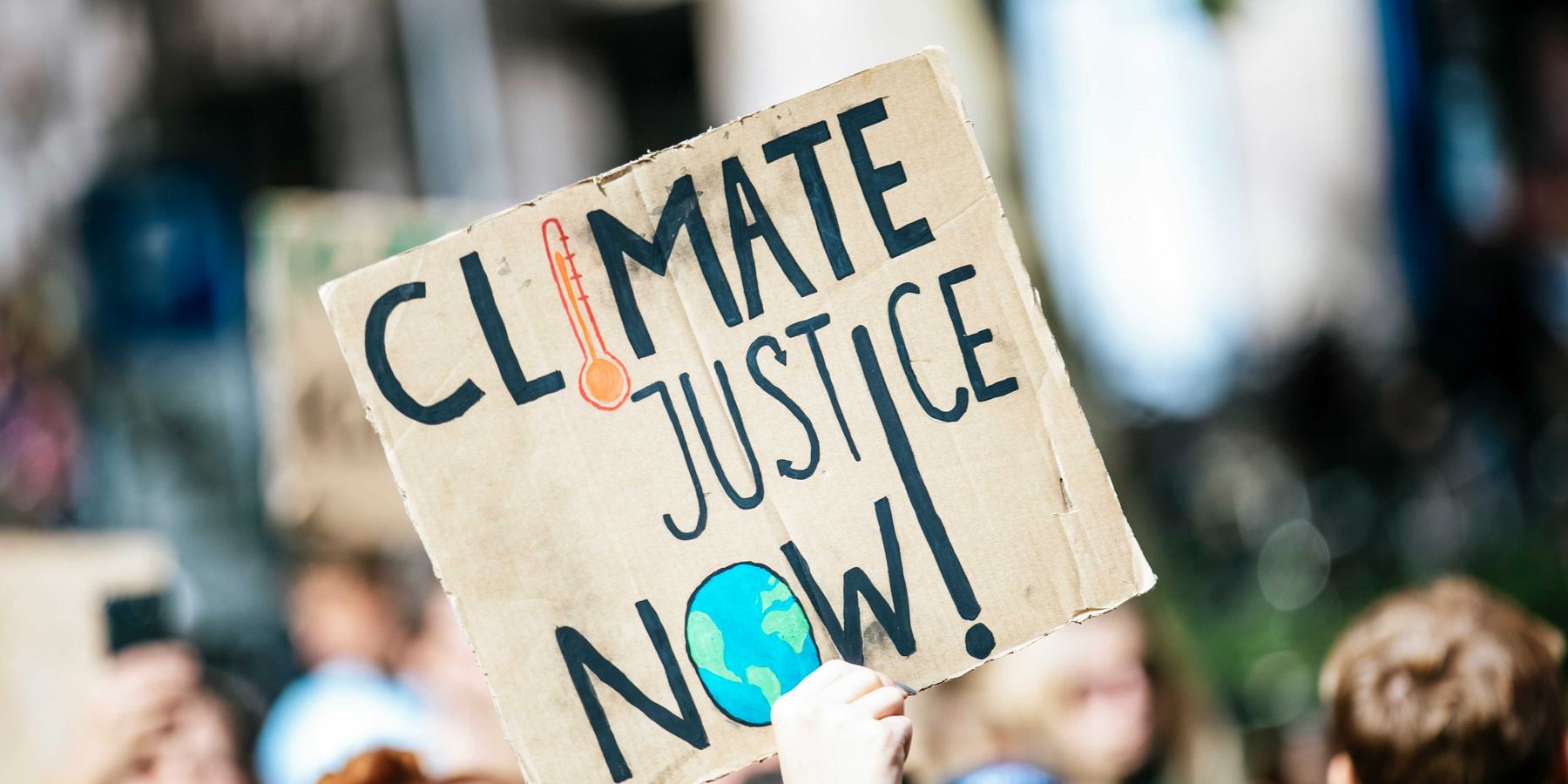Coal-fired electricity spikes as gas prices rise, pushing up U.S. emissions
U.S. power plants emitted their highest level of carbon dioxide in early 2025 since 2019, as utilities leaned more heavily on coal to avoid surging natural gas prices.
Gavin Maguire reports for Reuters.
In short:
- Power-sector CO₂ emissions topped 304 million metric tons in January and February 2025, a 9% increase from last year, driven largely by higher coal use.
- Coal-fired generation rose 21% nationally, with sharp jumps in regional systems including Texas, the Midwest, and the Mid-Atlantic; gas-fired generation fell 2%.
- Elevated gas prices — up 82% from early 2024 — led utilities to scale back gas and burn more coal, prioritizing cost savings over emissions cuts.
Why this matters:
As the country braces for another hot summer, a troubling trend is reemerging: U.S. power plant emissions are on the rise, threatening to undo hard-won progress on climate targets. The uptick is fueled in part by a renewed reliance on coal, a dirtier fossil fuel that releases not just carbon dioxide, but also a cocktail of health-harming pollutants like sulfur dioxide, particulate matter, and mercury. These emissions don’t stay put — they travel downwind, disproportionately affecting lower-income and rural communities already grappling with limited access to health care.
This surge comes at a time when the stakes are rising. Higher summer electricity demand, driven by air conditioning needs, puts added pressure on utilities to deliver cheap, reliable power, sometimes at the expense of cleaner options. But the health toll is immediate and tangible. Children exposed to mercury, for example, face risks to brain development, while fine particulate pollution from coal plants is linked to asthma attacks, hospitalizations, and early death. If this trend continues into the hottest months, we could see a dangerous convergence of extreme heat and poor air quality — two forces that amplify each other, particularly among the most vulnerable.
Related: Trump’s EPA weakens coal ash cleanup rules, shifting responsibility to states













